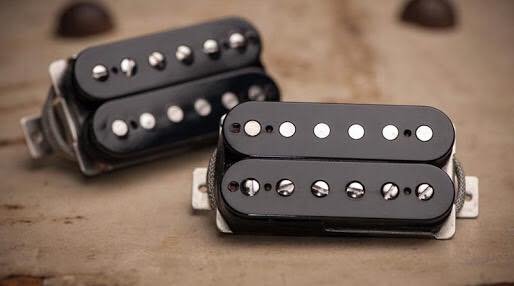I think the belief that most of the original PAFs were made using A4 mags is based on the discovery in Gibson's files of purchase orders dating from the 50s for supplies of wire & magnets. I haven't seen the papers myself.
The earliest reference to this that I've seen was on the LP Forum in '08. There was a discussion between two pickup makers with one maintaining that most had A4 based on the order sheets and the other asserting that all the PAFs he'd seen used either A2 or A5, and that some mistook the A5s for A4 because they weren't fully charged. Both had analyzed vintage PAF mags, with one measuring only magnetic properties and the other measuring only chemical composition. As far as I can tell nobody has analyzed vintage mags using both methods yet.
The situation is complicated further because even today there's no standard formulation for A4 in the official tables for AlNiCo alloys. So back in the 50s what was marketed as A4 may often have been batches of A5 which didn't quite meet the standards and so were sold at a discount as A4. This could account for Gibson's choice to buy them; it might simply have been a cost cutting decision though probably we'll never know. So actually both parties in that discussion at LPF may have been correct...
I've heard it argued that A4 still doesn't officially exist since its alloy formula doesn't appear in the standards, so it's defined solely in terms of magnetic performance rather than chemical composition. Even so, I believe most modern manufacturers have a formula in common for it.
A recent version of alnico specs from the Magnetic Materials Producers Association can be found on page 7 at this link:
http://www.allianceorg.com/pdfs/MMPA_0100-00.pdf
Interestingly, the original patent drawing uses two slug coils. Seth Lover wanted smooth solid covers and the screw coil was added later against his wishes. Management thought it looked better and that keeping adjustable poles (like the P90s already had) would be a good selling point in the ads, especially since the Fender pickups didn't have them. It really was considered primarily a cosmetic feature rather than one that people would actually find useful. I guess we can all be a little grateful that Gibson did that.


